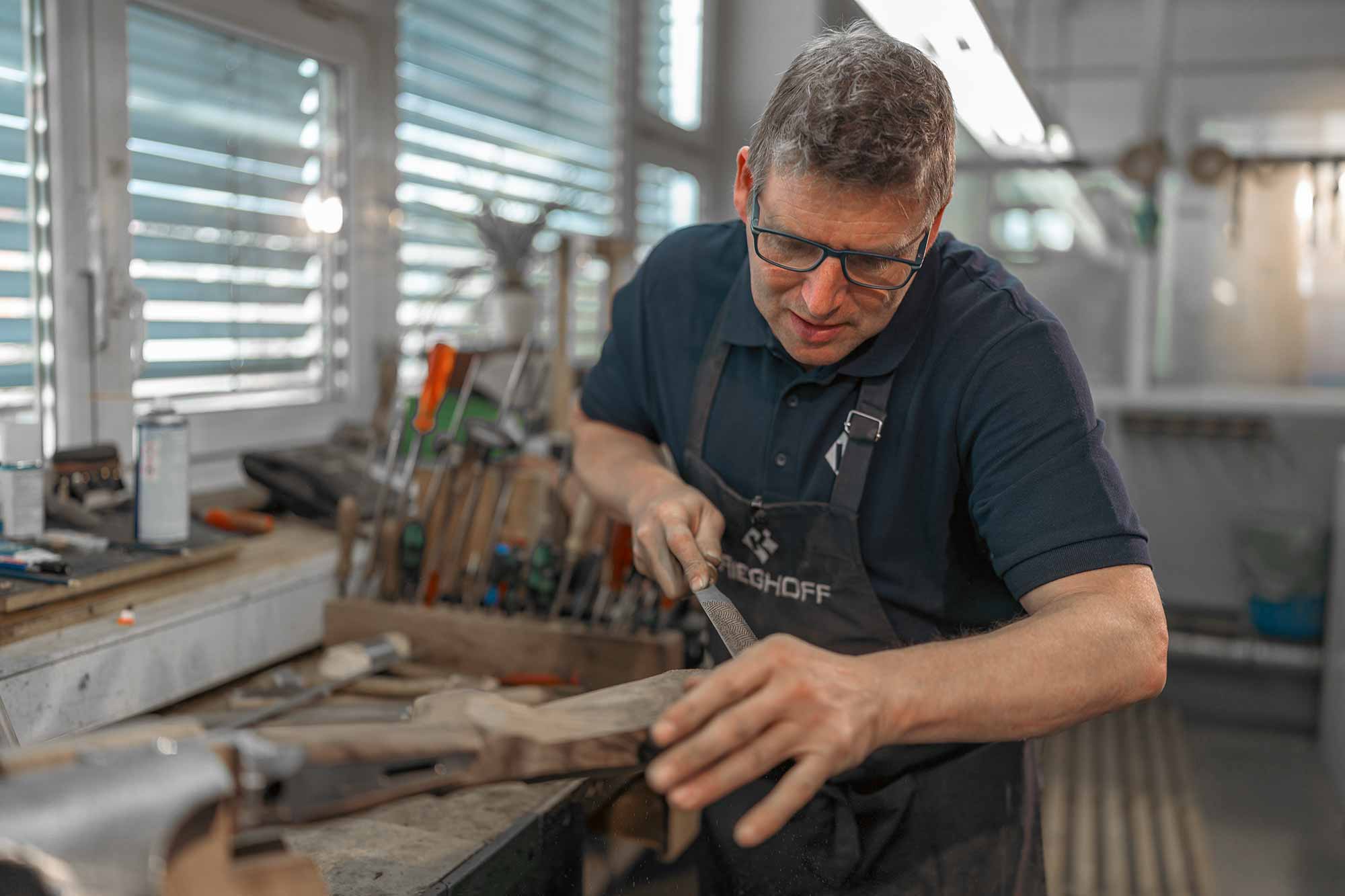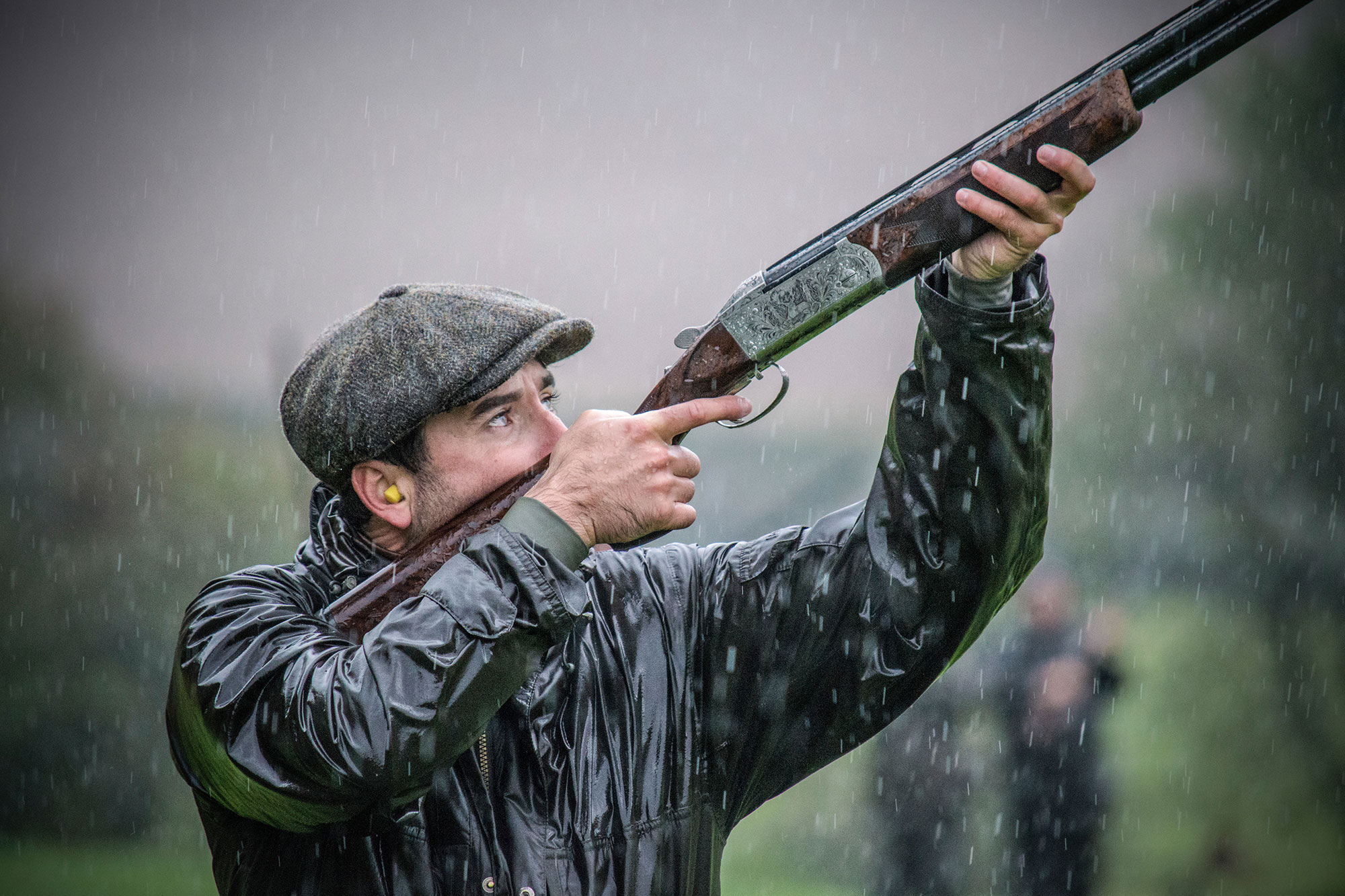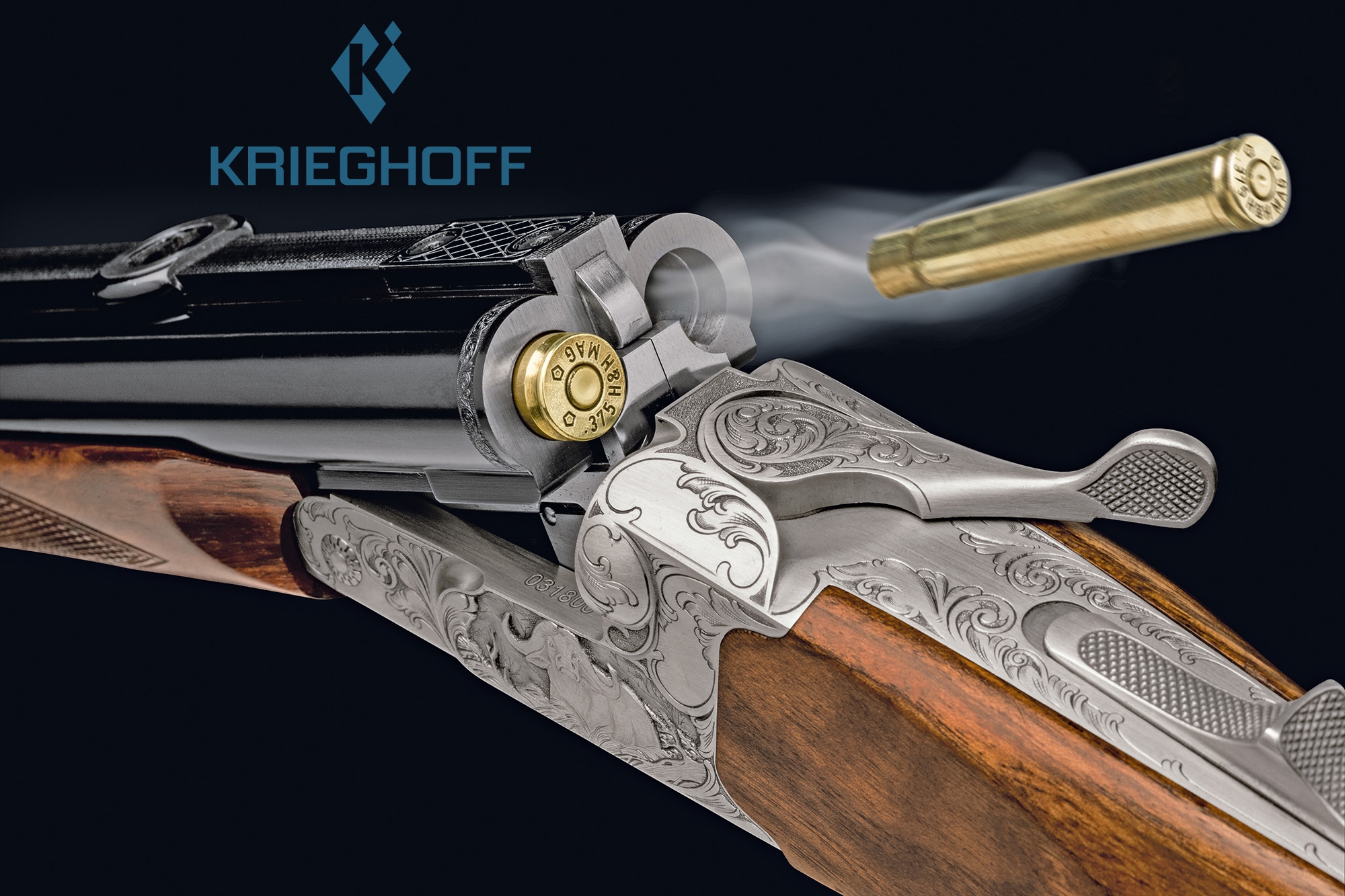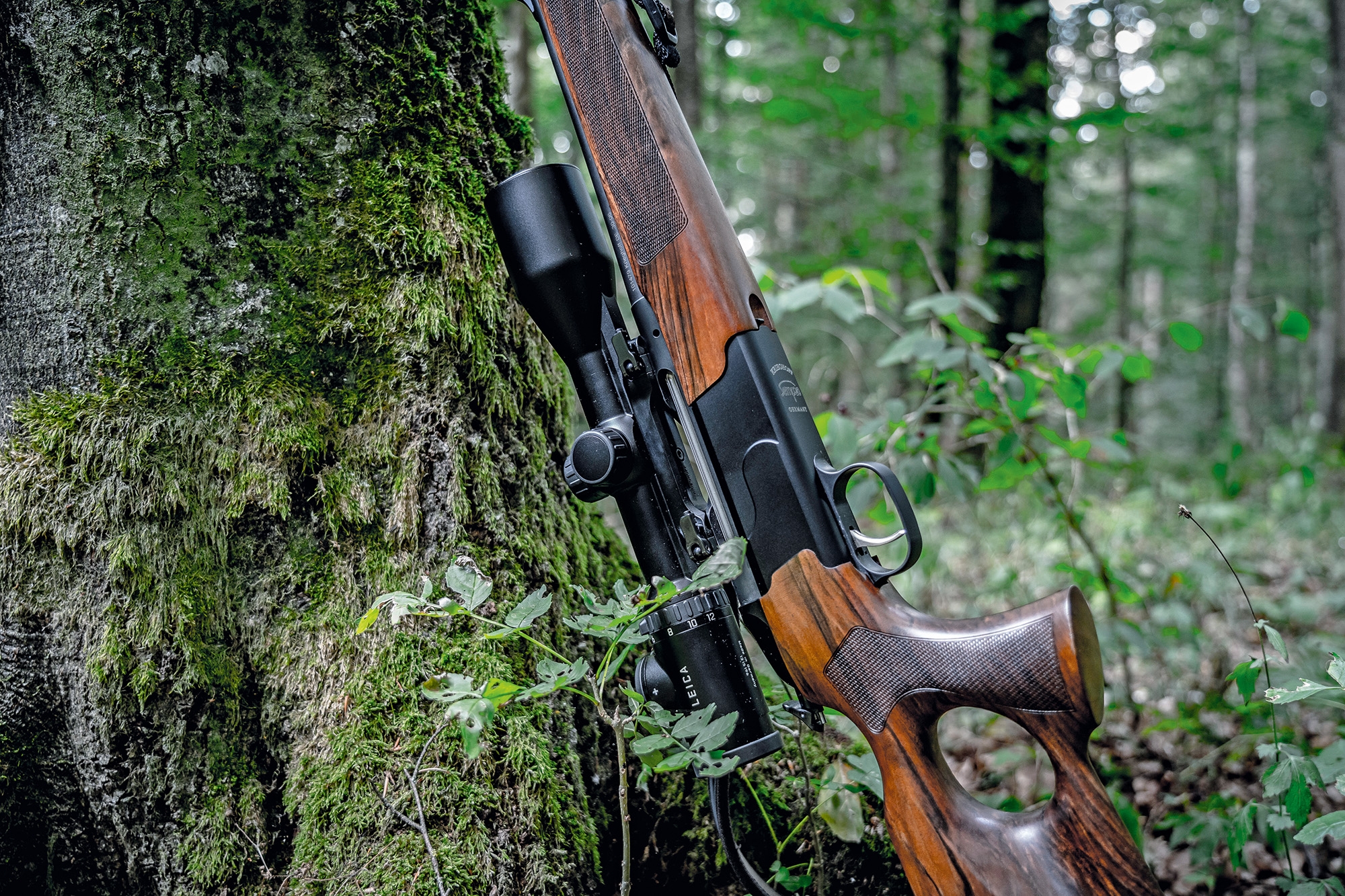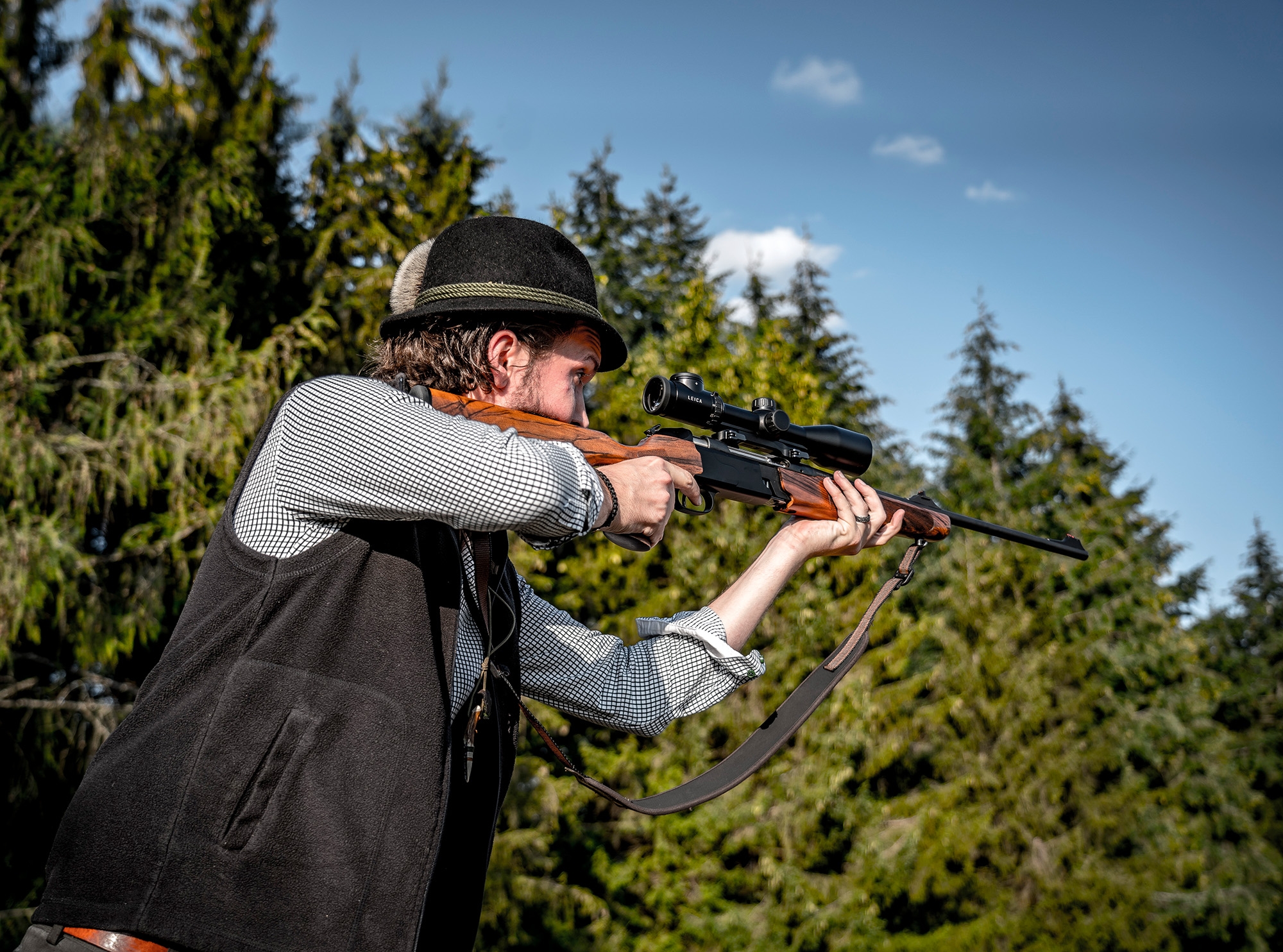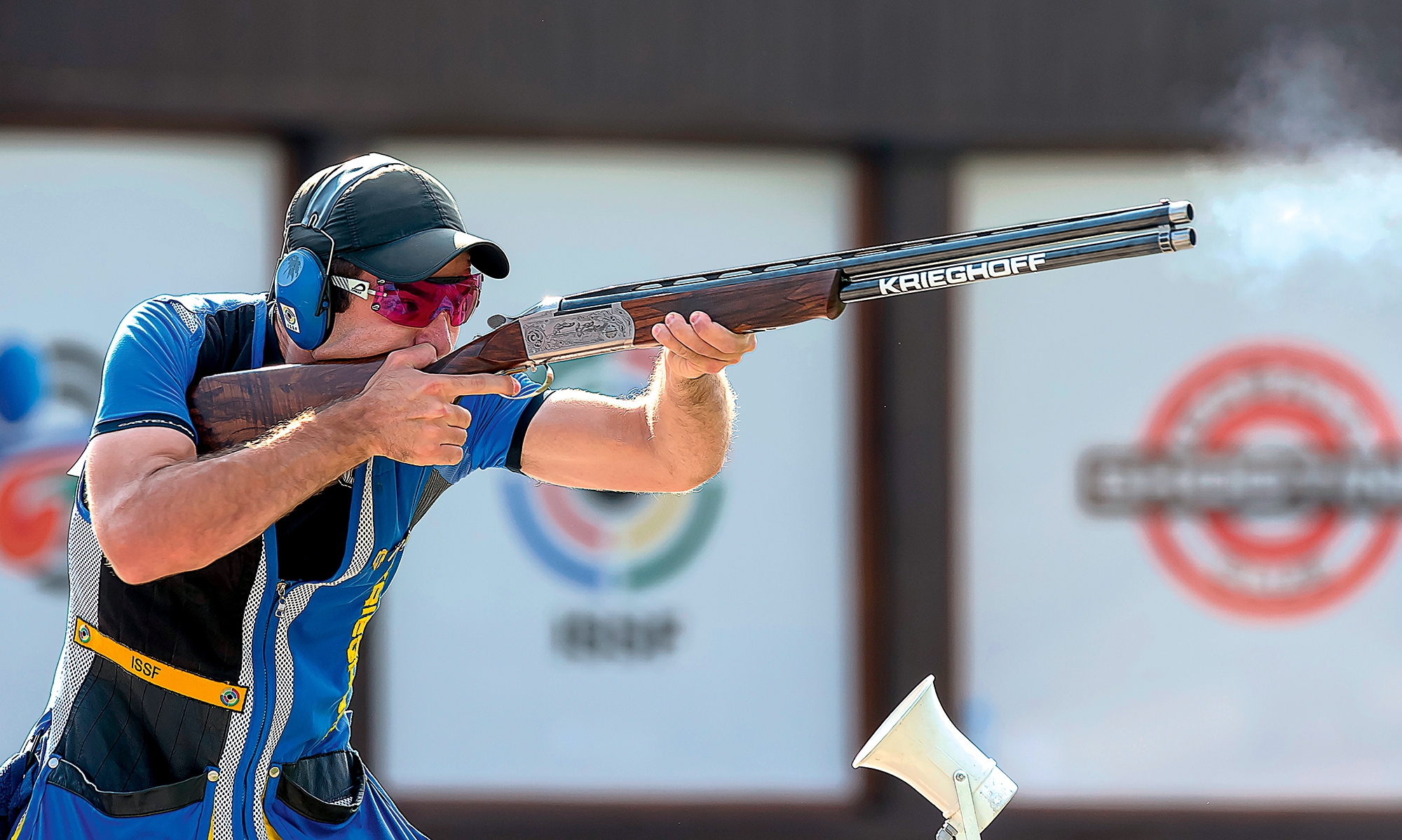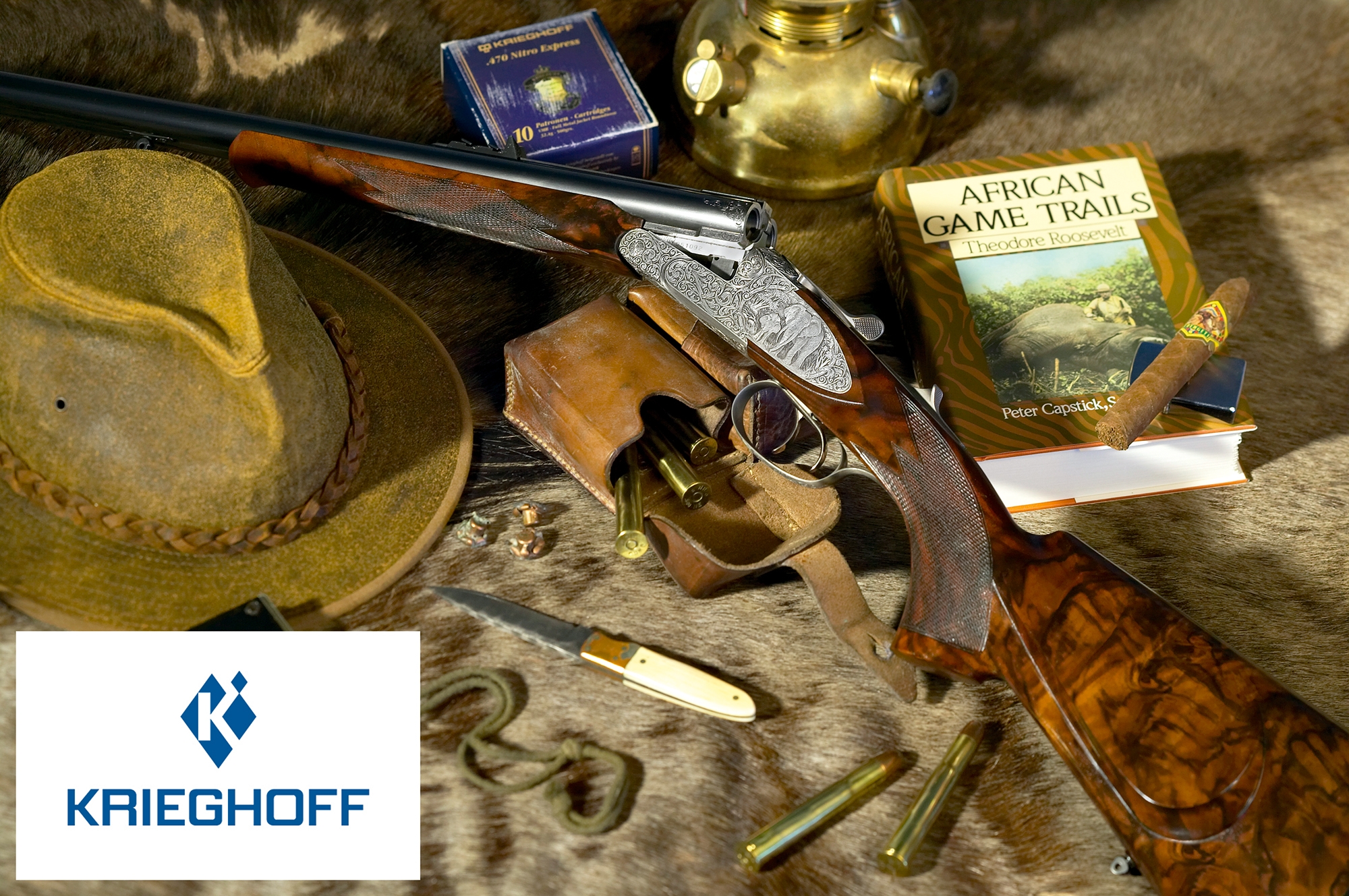Video: Ed Solomons, one of Krieghoff’s top shotgun shooters, talks about “process” vs “outcome”.
Let’s listen to Ed Solmons: exclusive interview with all4shooters.com
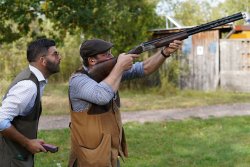
Most people focus much more on the outcome rather than the process, so if they hit a target they assume everything was good, if they miss a target they assume everything was bad, and it's very rarely that it's as as black and white as that. You can hit targets with poor movements and it doesn't mean that you'll never hit a bird with them, but consistency becomes very very difficult, whereas you can miss a target with a good quality move, and although you may have missed that one target, the fundamentals are good, so it becomes much easier to consistently improve as opposed to some days you have a good day, some days you have a bad day. And if you have really poor fundamentals, you'll find the the consistency and the the variation is very much, yeah: up and down. So when you're training or whether it's on your own or with a coach, you want to be much more process driven so rather than missing a target consistently behind, and someone says “Ah, you're behind it,” you want to give it more lead. You want to look at why are you missing the target behind consistently. It could be that you've simply misread the target, you've misunderstood the volume of lead required, but more often than not there'll be a mechanical reason for missing it behind.
So, for example, you could have poor foot and body position. If I'm left-handed I get to this point and I start to lose rotation so if I've set my feet poorly for a right to left crosser I can be comfortable at the out of the shot, and as I come into the kill zone I lock up. When I lock up the gun slows down, if the gun slows down I miss behind. So there's two ways of looking at it: there's “uh, you missed it behind” or there is “you missed it behind because”. So keeping my feet in the wrong position and giving it more lead might break the next target. But I haven't actually improved the system, whereas if I change my feet in my body position to give me another 25-30 degrees of rotation, it will then mean I don't need to give the target more lead, bang, because I can finish the shot and keep pulling away from the bird. So that's where we talk about process as opposed to outcome.
3 techniques people are familiar with at shotgun shooting:
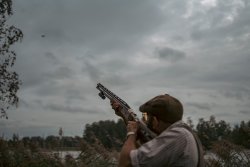
The three techniques that most people are familiar with are swing through, pull away, and maintain lead. Swing through is quite simple in that you start behind the target and accelerate through the bird into your lead picture. I tend to use that for for smaller volume leads, so quartering targets, some of the closer slower birds. I also use it for driven game. it's a really good technique for seeing the line of driven birds and forcing you to accelerate through. Pull away is where you mount near the target, doesn't have to be exactly on but you get a connection to or near the bird, and then accelerate into your lead picture. I probably use pull away least: I tend to use it on medium lead targets where I have time to apply the lead. I find for me the problem with pull away, whether this is just unique to me or not, is that if you've got a large lead to open up I find it a little bit rushed.
So I tend to use it for one meter, one and half meter lead where I have plenty of time, usually crosses. And then maintain lead, where you insert in front, max the speed and then pull the trigger, so you're never behind or on the bird, you're always at your lead picture. I personally use that on large volume lead targets and short windows, so for example if you had a gap in the trees and you have lots of work to do in a short space of time. I wouldn't want to come from the back of the bird because it puts me under more time pressure, so I would insert in front and kind of make a shortcut into the shot.
All of the methods are completely legitimate: as a shooter or as a coach your objective is to understand the person that's shooting and which methods work for them and how they work for them.
Eye dominance: why you should work with it as a shotgun shooter
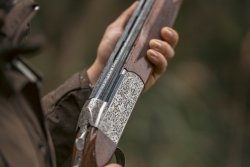
Eye dominance is a massive subject, so we'll try and keep it super super brief. If you were for example a left-handed shooter like me, this would be quite a good test (see video): if I keep both eyes open and I point at the middle of your camera lens you'll see my finger come straight up to my left eye, when you can see that in your reticle there. If I was to do this, that would indicate that I'm strong right eye dominant. Now, I shoot off my left shoulder, so if I shoot off my left shoulder and I have a right dominant eye I'm going to have some big problems, because what that I will do is to have the effect of pulling the gun across my face. So for a left-handed shooter who's cross dominant you'll miss to the right, and for a right-handed shooter who's left eye dominant you'll miss to the left. Ideally if it was early in someone's career you get them to switch shoulders.
if they've got a super strong right master eye and they shoot naturally left-handed you swap them. Shoot both eyes open on the right, no problem. Not everybody wants to do that: there's various options that are available to you, starting with both eyes open and then squinting the eye down as you come into the gun. That takes the off eye out of the equation. You can put patches or occlusions on your glasses, which is really effective.
it's a little bit of a vague answer but there isn't an answer to the question because there's so many degrees of cross dominance and there's so many targets where it becomes more or less of a problem. So for example the targets that you shoot more instinctively eye dominance is much less of an issue because the gun's in your face for less time so you can just come up, bang!, but that will be less affected by eye dominance, whereas some of the targets where you need to connect ride and stay with, the longer your gun is in your face with a cross dominance problem, the more the cross dominance problem becomes an issue because it has more time for your off eye to pull the gun across your face. Again, as a shooter your objective is to try and understand how it affects you and some of the options that are available to you to work around it. In fact you can't change it but you can work with it.
Ed Solomons talks about his shooting experience with his Krieghoff K80
I've always shot the Krieghoff K80 Sporting and I've been recently shooting the Pro Rib. Super reliable. I mean: I've never, ever broken one, which is impressive, because I can break pretty much anything. The service is fantastic in the UK and in the rest of Europe, so I can go off on Monday, usually I can have it back by the end of the week. And it's like you're a member of a family. It's a really, really cool company and I'm very proud to be associated with Krieghoff.


